In 1953, while most American cars still looked like rolling shoeboxes with chrome flourishes, Studebaker dropped something radically different. The new coupe and hardtop models had a shape more aligned with the next decade than the one they were in. It wasn’t just a fluke. Studebaker, with limited resources, beat the Big Three to a streamlined, modern design that turned heads then—and still holds up today.
The Loewy studio gave it a jet-age silhouette

The 1953 Studebaker coupes were styled under Raymond Loewy’s design team, with much of the final shape credited to Bob Bourke. The body was long, low, and smooth—visually lighter than anything coming out of Detroit. It looked like it was shaped in a wind tunnel, even if it wasn’t.
Compared to the boxy sedans from Ford and GM that year, Studebaker’s design looked like it skipped a generation. It previewed where styling was headed by nearly a decade.
It had one of the lowest rooflines of its time

The 1953 Studebaker coupe stood just 56.4 inches tall—several inches lower than most competitors. Combined with a steep windshield rake and fastback profile, it gave the car a slippery shape that was rare in the early ’50s.
This low roofline wasn’t just for style. It helped reduce frontal area, which gave performance and efficiency a slight edge, even if that wasn’t Studebaker’s primary goal at the time. It also forced a rethink of interior layout and window design.
The front end broke from tradition

Instead of a tall, upright grille, the 1953 Studebaker had a thin, wide opening that hugged the bumper. The front fenders flowed into the doors without the typical chrome-overload seen on most domestic cars of the era.
The minimalist front fascia was a radical shift from the Cadillac and Oldsmobile design cues dominating showrooms. It looked more like something out of postwar Europe or a jet intake, giving the car a fresh identity with no borrowed cues.
It used a lightweight body structure

Studebaker’s new coupe body was built on a stretched version of its earlier frame, but with lighter sheet metal and improved proportions. Curb weight stayed under 3,200 pounds for most models—lighter than many six-cylinder sedans of the day.
This helped even base-model V8s feel more responsive. Combined with the aerodynamic body, Studebaker delivered a surprisingly modern driving experience for the time, especially when equipped with overdrive or automatic transmissions.
Power came from a compact overhead-valve V8

The 1953 Commander V8 featured a 232-cubic-inch OHV engine rated at 120 hp—respectable for a midsize car in its price range. It used a relatively short stroke for its time, which allowed smoother revving than some of its flathead rivals.
This engine wasn’t a pavement-scorcher, but it paired well with the lightweight coupe. It also showed Studebaker’s commitment to building advanced, compact powerplants that didn’t rely on brute force alone.
It predicted the sport coupe trend

The ’53 Studebaker wasn’t a full-blown sports car, but it landed right in the space that would soon be filled by cars like the Thunderbird and Corvette. The long hood, short deck, and pillarless profile set a blueprint others would follow.
Studebaker’s coupe made a case for a personal, stylish two-door that wasn’t just a chopped sedan. While Detroit was still focused on full-size sedans, South Bend was laying the groundwork for something leaner.
It influenced design far beyond South Bend

The 1953 Studebaker coupe became a touchstone for other designers. Even European manufacturers took note of its proportions and clean surfacing. Ford designer George Walker once admitted the Loewy studio’s design was years ahead.
You can see its impact in the rooflines of later GM B-bodies and the long-hood silhouettes that became mainstream by the 1960s. It wasn’t a fluke—it was a reference point.
It showed that design didn’t require deep pockets

Studebaker didn’t have the money that GM, Ford, or Chrysler had in 1953. Yet, with a small design team and smart use of resources, they managed to leap ahead of the competition—at least in terms of aesthetics.
While reliability issues and production challenges eventually caught up, the 1953 Studebaker proved that great design wasn’t always about budget. Sometimes, it just took vision—and the guts to ignore what everyone else was doing.
Like Fast Lane Only’s content? Be sure to follow us.
Here’s more from us:
*Created with AI assistance and editor review.


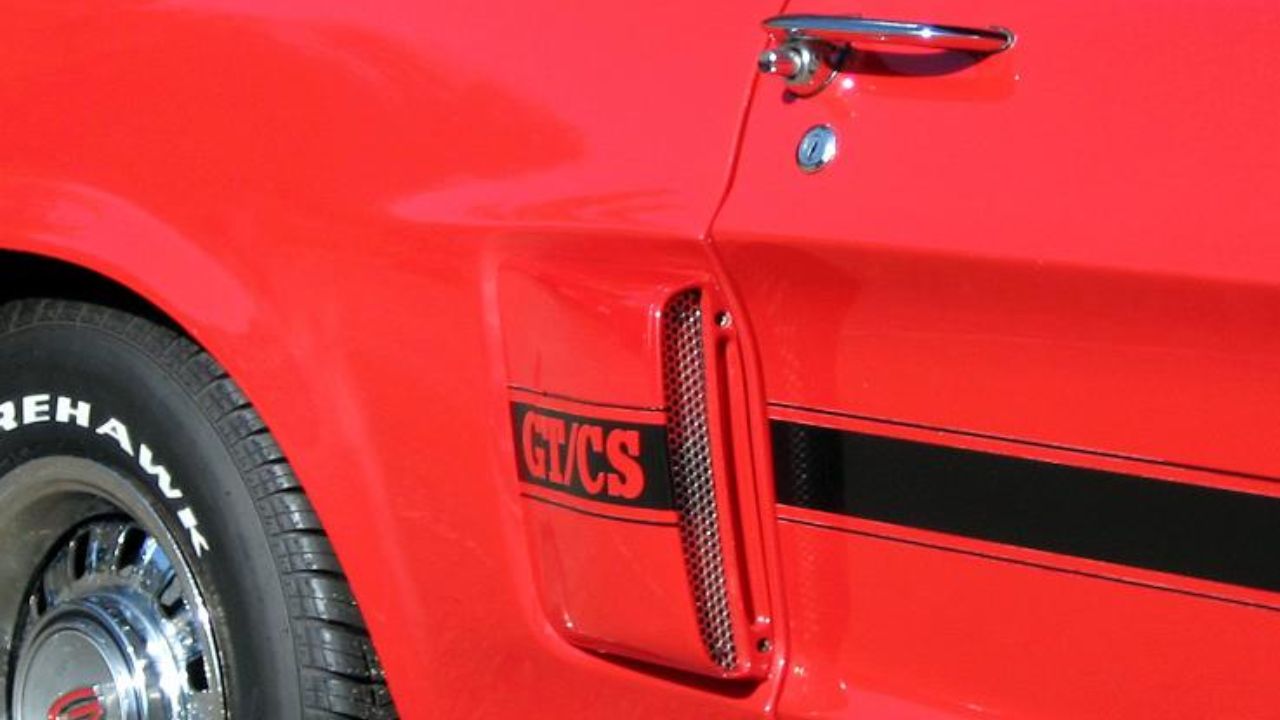
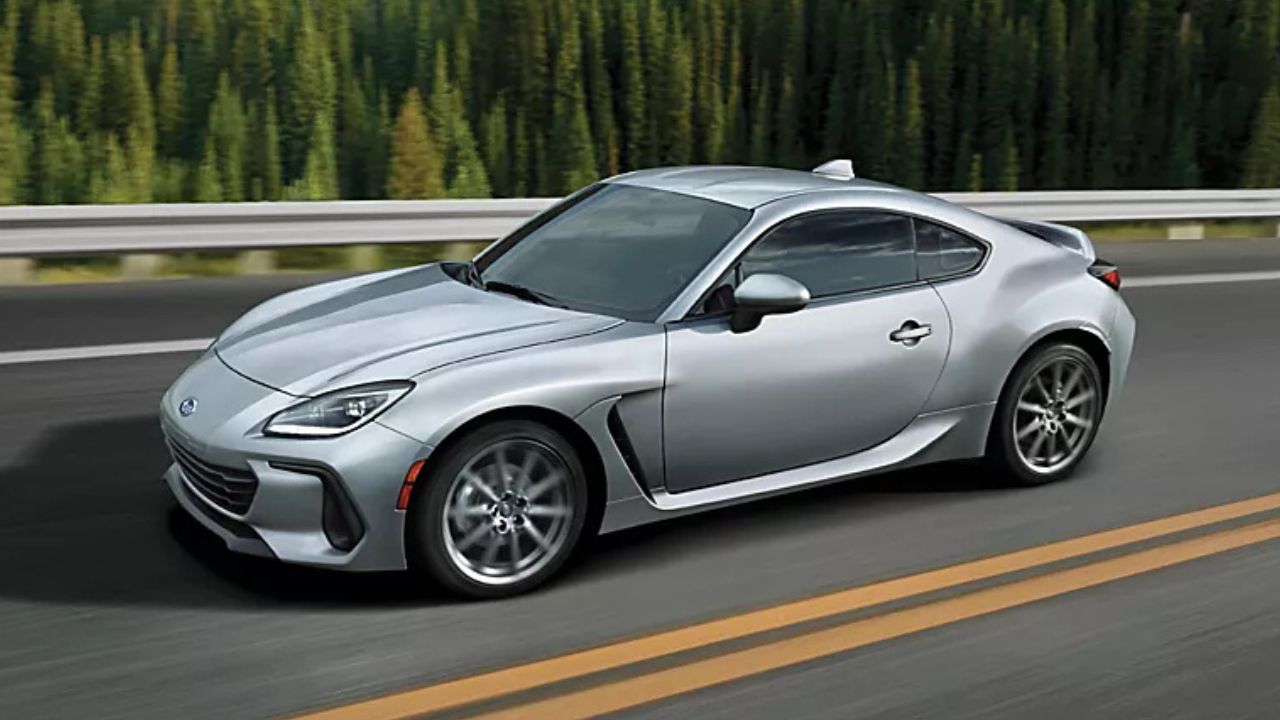
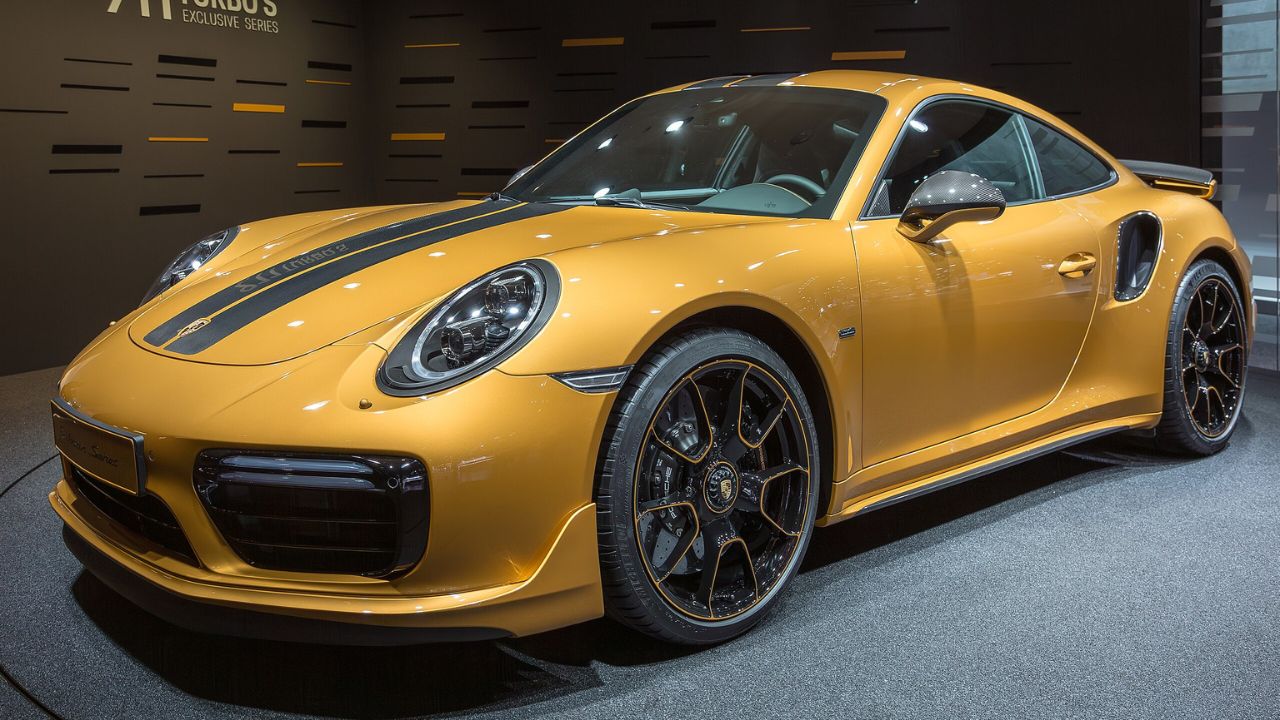
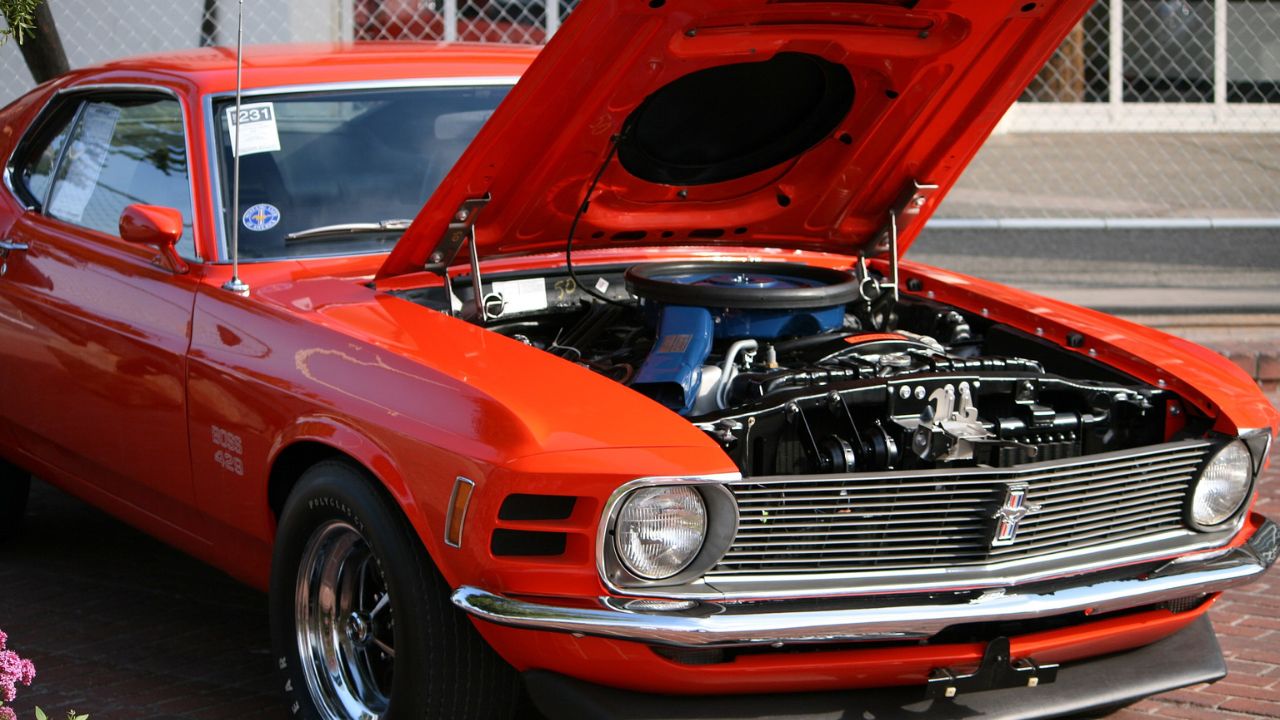
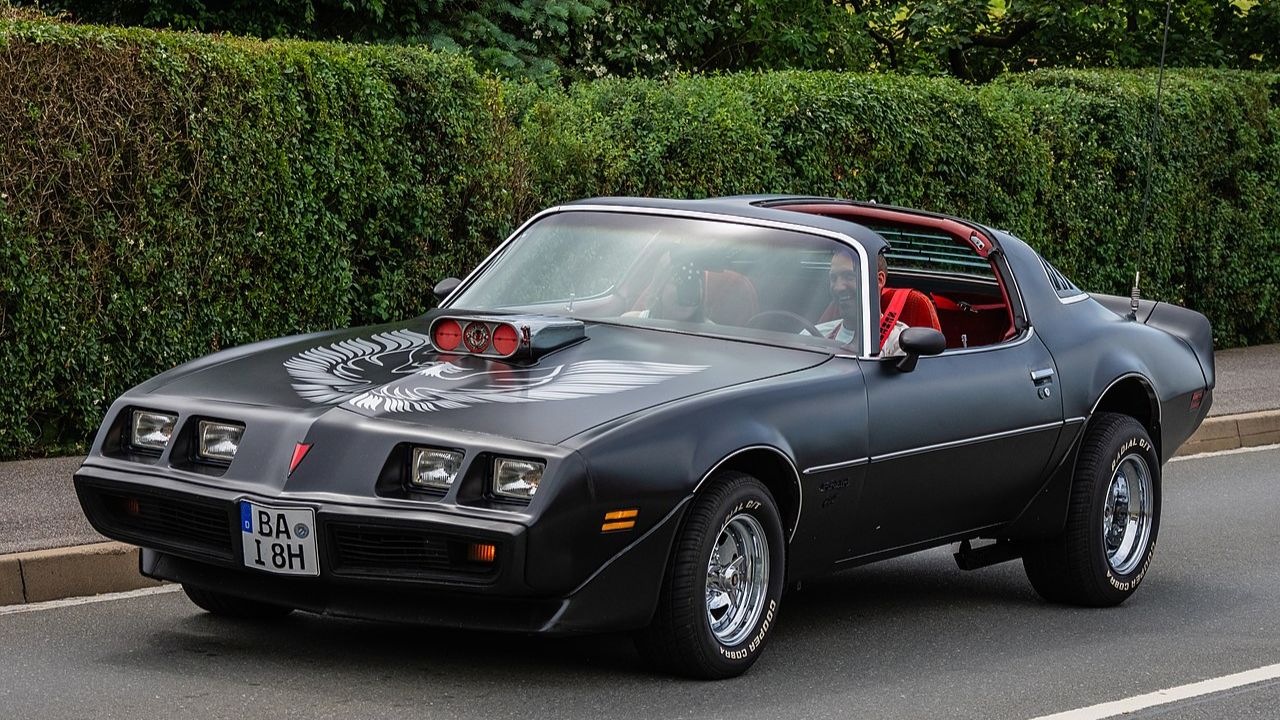
Leave a Reply